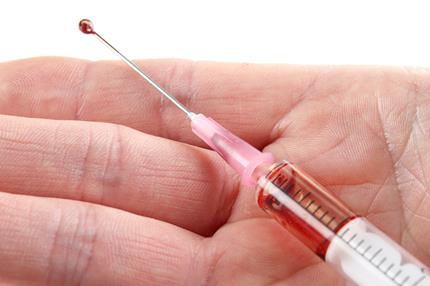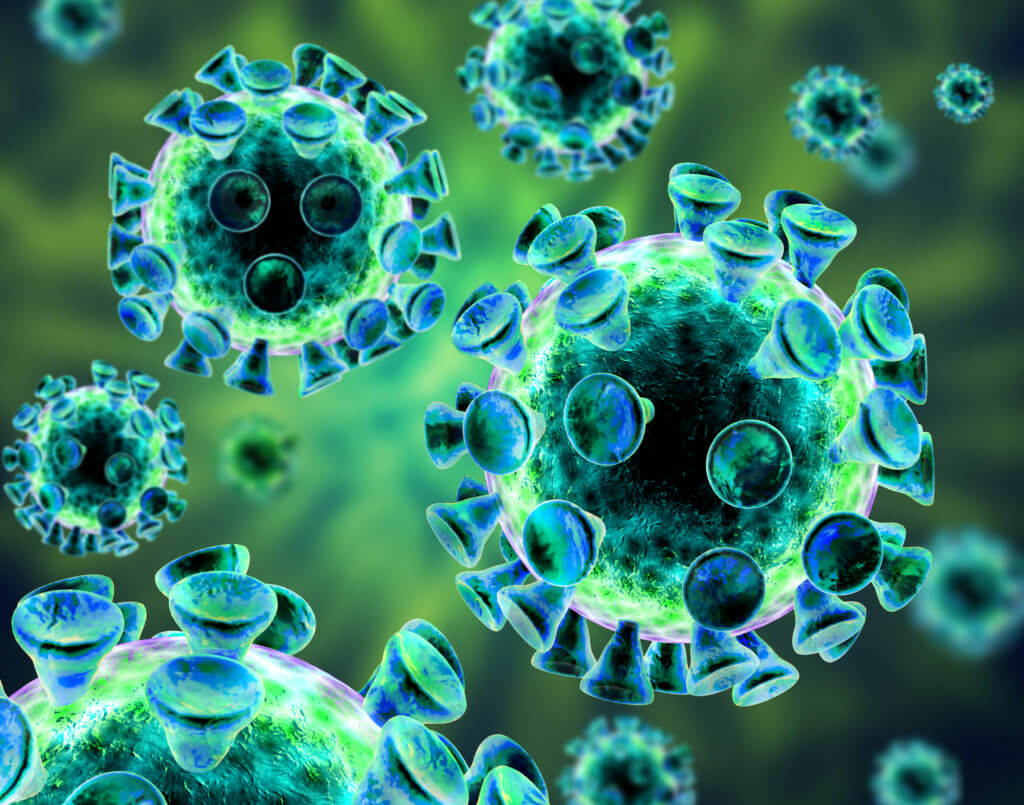Stem Cell Injections To Beat Tennis Elbow?
Stem Cell Injections For Tendon Injuries?
Patients are receiving stem cell injections in an attempt to heal hard-to-treat tendon injuries, such as tennis elbow.
The treatment, which has previously been used on injured racehorses, uses a patient’s stem cells to super-charge the body’s natural repair mechanisms.
Millions of Britons suffer tendon injuries. Tendons are the tough bands of tissue that connect muscle to bone. They can become damaged through wear and tear or injury, causing inflammation or tears.
Such damage is notoriously difficult to treat because tendons have a very poor blood supply, so healing compounds cannot reach the injury site. As a result, tough scar tissue often forms around the tendon, significantly hampering movement and flexibility.
Treatments include non-steroidal anti-inflammatory drugs (NSAIDs), steroid injections and physiotherapy, but experts say they have limited success. Scientists believe stem cells – which have the ability to turn into different types of cells in the body – will provide a more effective solution.
Stem Cell Injections Have Shown Promise With Racehorses.
Early-stage laboratory studies, as well as reports from stem cell injections treating racehorses, have shown that, over several weeks, the stem cells encourage the growth of new tendon tissue and reduce scar tissue.
This may be because stem cells can recruit compounds called growth factors that help regenerate damaged tissue.
Two trials are now using the approach to treat men and women. In one of them, at Seoul National University Hospital in South Korea, patients with tennis elbow are being given injections of up to ten million stem cells into the damaged tendon.
Tennis elbow is triggered by overuse of the muscles and tendons of the forearm, near the elbow joint. According to the NHS, as many as one in three people has the painful condition at some point, though it is more common in the over-40s.
Stem cells are also being used on Achilles tendinopathy, where the Achilles tendon, which connects the back of the heel to the calf muscle, becomes painfully swollen.



